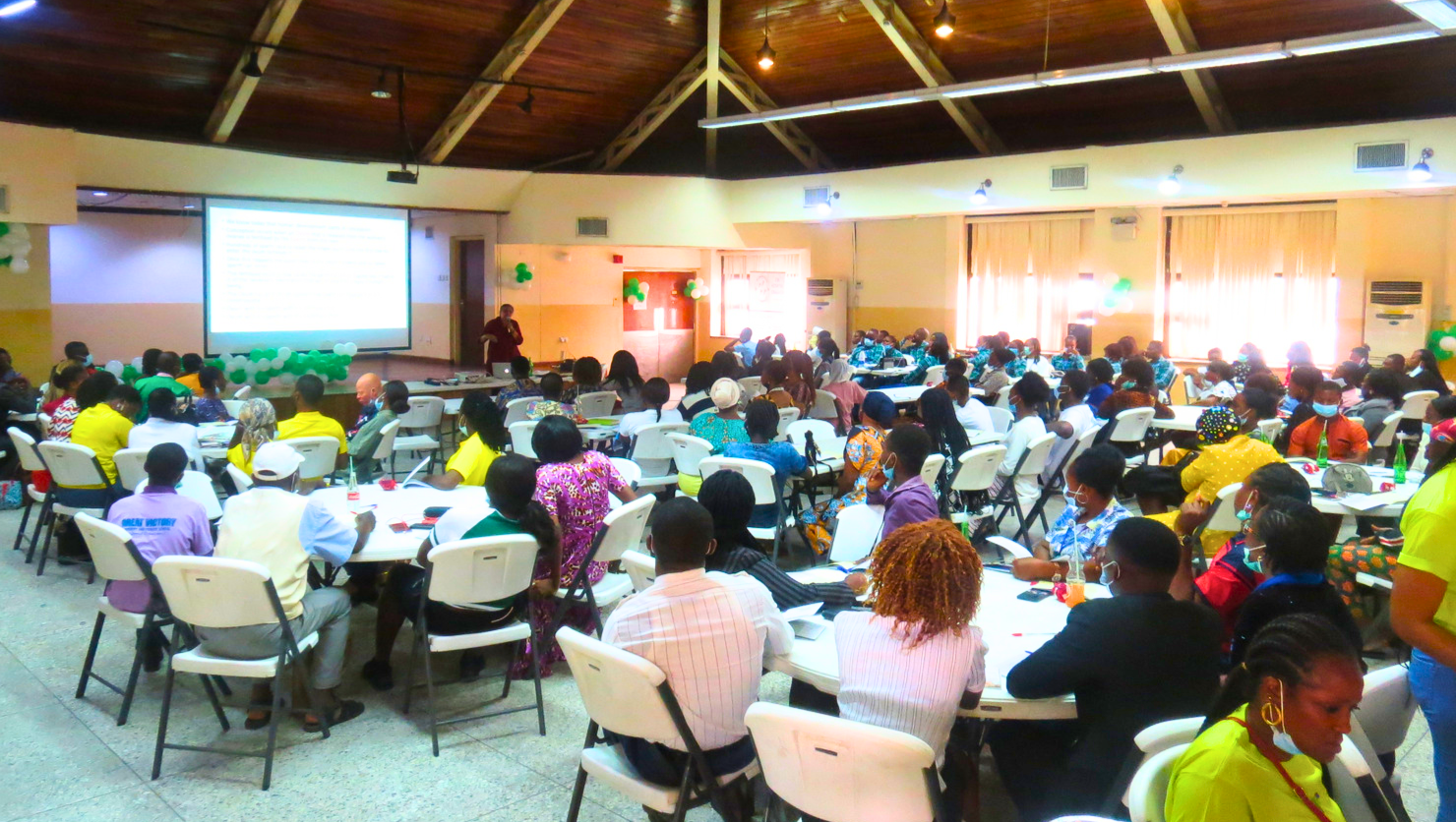Connecting Montessori Initiatives
Highlighting innovative application of Montessori principles and practice to achieve social impact
We support global initiatives
We inspire and support diverse global Montessori initiatives for children and families, guiding them towards sustainability, expansion and replication.
We promote children's rights
We are committed to transcending borders in order to promote the rights of the child throughout the world.
We connect changemakers
We bring people together to support the application of Montessori principles in under-resourced contexts.
Part of AMI
Educateurs sans Frontières is part of Association Montessori Internationale (AMI) and was founded in 1999 by Maria Montessori’s granddaughter, Renilde Montessori.
The Fundamental Idea
The fundamental idea is to see how the vision of Maria Montessori could be extended and how AMI could create a call to action.
Core Mission
EsF builds on the work of Maria Montessori to obtain recognition for the rights of the child and to explore the potential of Montessori for social impact.




.jpeg)

